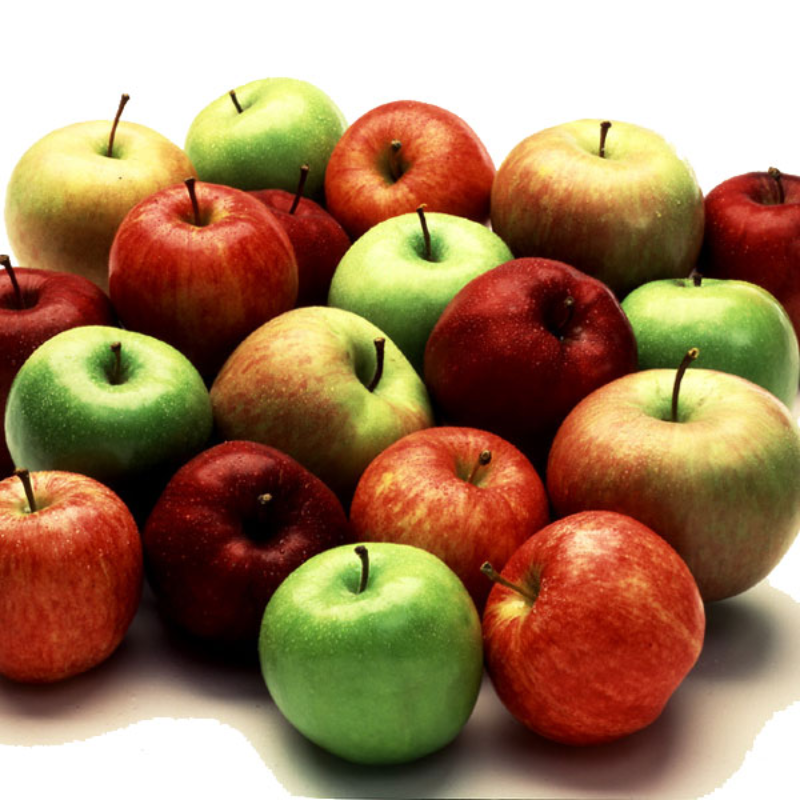- Species and varieties: Multi-variety apple trees are grafted trees that produce several different types of apples on a single tree. Common varieties grafted onto these trees include Fuji, Gala, Granny Smith, Honeycrisp, and Red Delicious.
- Hybrid or heirloom: Multi-variety apple trees can include both hybrid and heirloom varieties. Hybrid varieties are often chosen for their disease resistance and productivity, while heirloom varieties are selected for their unique flavors and historical significance.
- Pruning and training: Pruning is essential for multi-variety apple trees to maintain their shape, promote air circulation, and ensure that each grafted variety receives adequate sunlight. Prune in late winter or early spring before new growth begins. Training the tree to a central leader or open center form can help manage its growth and fruit production.
- Fertilization needs: Apple trees benefit from regular fertilization, especially in the early years of growth. Use a balanced fertilizer (such as 10-10-10) in early spring and again in late spring. Avoid over-fertilizing, as this can lead to excessive vegetative growth at the expense of fruit production. Mulching around the base of the tree can help retain moisture and provide additional nutrients as it decomposes.
- Hardiness zones: Multi-variety apple trees are typically suitable for USDA hardiness zones 4-8. However, specific varieties grafted onto the tree may have slightly different zone requirements.
- Climate requirements: Apple trees generally require a temperate climate with cold winters and warm summers. They need a certain number of chill hours (hours below 45°F) to break dormancy and produce fruit. Adequate sunlight and well-drained soil are also essential for optimal growth.




